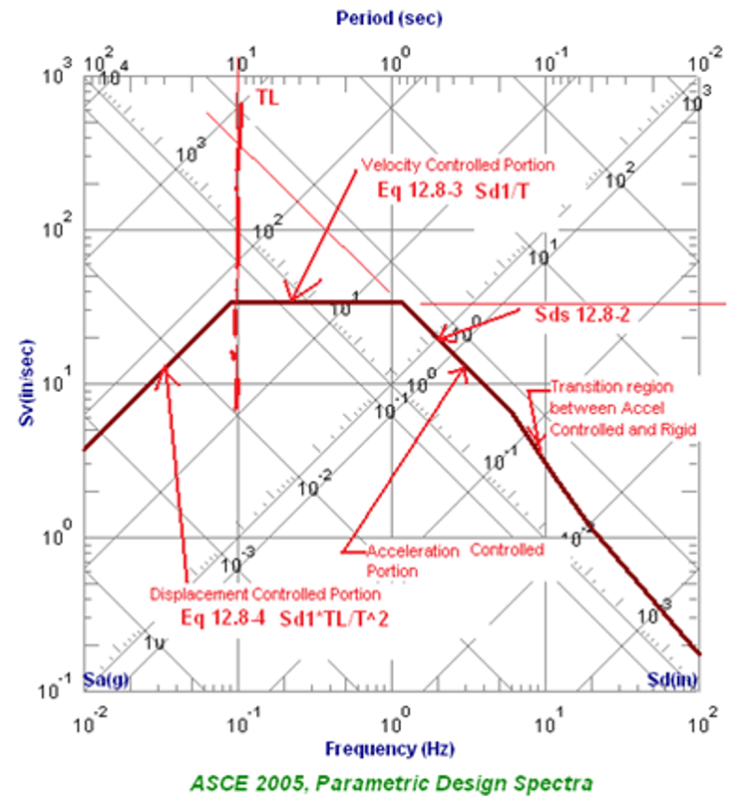Hello all,
Does the seismic force distribution change between the North-South direction and the East-West direction? If I have the same seismic resisting force system for the both directions in my building. The building is rectangular moment resisting frame without irregularities.
Thanks,
Does the seismic force distribution change between the North-South direction and the East-West direction? If I have the same seismic resisting force system for the both directions in my building. The building is rectangular moment resisting frame without irregularities.
Thanks,


